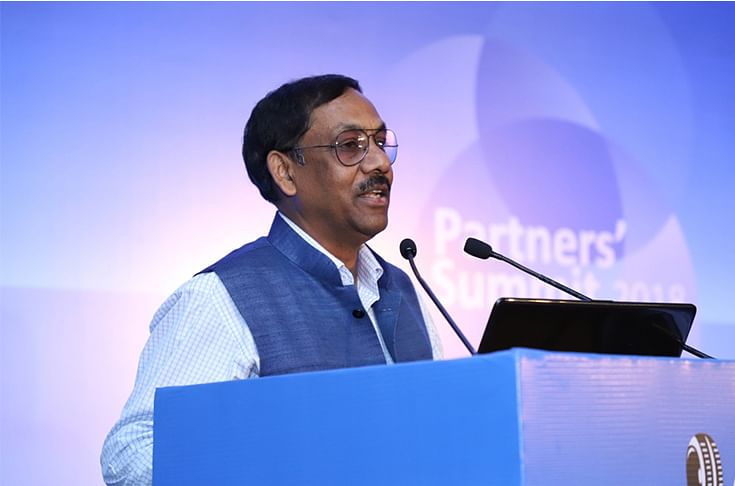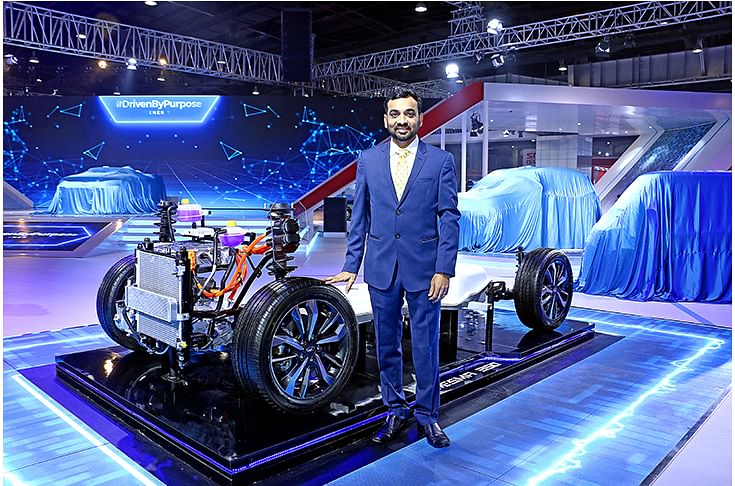EV experts show the way ahead for India
Expert views on rationalisation of duty, creating better EV infrastructure and ways to increase pace of adoption.
June 5 is recognised as the ‘World Environment Day’ internationally. One of the dominant themes for this year was ‘time for nature’ and its role in facilitating the infrastructure that celebrates life on planet Earth. As the world copes with the Covid-19 pandemic, human kind’s role in conserving nature and maintaining this crucial balance becomes more important than ever.
When you consider environmental concerns and the role of the automobile industry some key issues take centrestage and the increasing adoption of electric vehicles is one of the most talked about topics. Autocar Professional organised a webinar 'EVs: Pain or Gain Ahead?' to mark the day.

The stellar panel of five key EV industry stakeholders included
- Anil Srivastava, Adviser (Transport) and DG, DMEO, NITI Aayog
- Mahesh Babu, MD and CEO, Mahindra Electric and Chairman, Electric Mobility Group, SIAM
- Sulajja Firodia Motwani, Founder and CEO of Kinetic Green
- Sohinder Gill, DG, SMEV and CEO of Hero Electric
- Nishant Arya, ED, JBM Group
The webinar was moderated by Sumantra B Barooah, executive editor, Autocar Professional and touched upon all the key issues with regards to rationalisation of duty, creating the appropriate EV infrastructure to increase a faster pace of adoption and most importantly the industry prospects in the post-Covid scenario as social distancing becomes the new normal.
Anil Srivastava: “Covid19 impact should be seen as an opportunity for push towards EV.”
“After 2020 and till 2025, expect 80% plus two-wheeler EV adoption growth in India. Industry has seen a good pace of growth..” says Anil Srivastava, Adviser (Transport) and DG, DMEO at NITI Aayog.
Srivastava cites the latest Bloomberg NEF outlook report reveals that “the adoption of electric vehicles will be much faster in Europe, US, China and many other nations in comparison to India.” He explained that though Covid-19 will delay some of these, by 2022 there is expected to be over 500 different EV models available globally.
According to the Bloomberg NEF assessment, globally, the passenger EV sales jumped from 450,000 in 2015 to 2.1 million in 2019. It is expected to drop in 2020 before continuing to rise as battery prices fall, energy density improves, more charging infrastructure is built, and sales spread to new markets.
Therefore Srivastava highlighted the need for Indian EV industry to work in a way that caters to the global demand, "We should have maximum value addition within the country and then move forward in global context."
Need for alterations in FAME II
Srivastava believes that the three-year period of FAME II is good enough for its implementation provided the Ministry of Heavy Industries which is executing the project gets the budgetary allocation required for its implementation. When asked for his opinion whether there may be modifications to the FAME-II guidelines, Srivastava offering his personal opinion said that there is “strong demand for FAME on the supply side and any changes can be brought only if a need is felt in that direction.”
Mahesh Babu: ‘‘EV industry the most eligible to survive the Covid-19 crisis’’
Mahesh Babu, Mahindra Electric MD and CEO also talks about how being agile will help wade the ongoing crisis and how the industry has a chance to re-innovate for a thriving future.
As the Coronavirus pandemic has put businesses and investments on the backburner, companies are going back to the drawing board to reassess their strategies and growth plans for the future. With 2.2 million units of sales volumes recorded globally last year, the electric mobility ecosystem is just at its starting phases, when the ongoing crisis couldn’t have better demonstrated the impact of lock-downs on the environment to the people. So, while it has been disrupting the mobility ecosystem in bits and pieces, EV technology stands a chance to see an accelerated adoption with a clearer desire towards cleaner mobility after the pandemic.
In the Autocar Professional webinar on the occasion of World Environment Day on June 5, Mahesh Babu elaborated that, “we need to look at how to innovate according to the new scenario and bring new products and experiences to the consumer. All of us need to co-create this new ecosystem that brings value to the country and industry as a whole.”From a usage perspective, he said that while there may not be a dramatic drop in the demand for last-mile and first-mile connectivity modes such as electric three-wheelers.
“EV as an industry is flexible, agile and nimble and to change with the scenario faster, we will work with the government to look at some of the Make-in-India concepts such as the Phased Manufacturing Programme (PMP), and promote local manufacturing of many EV components including battery cells,” he added.
Sulajja Firoda Motwani: “In the long-term, the electric vehicle market in India looks stable”
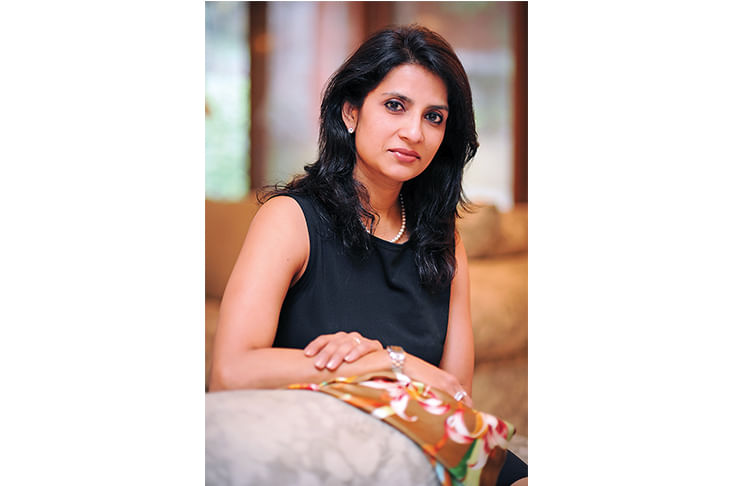
Sulajja Firodia Motwani, Founder and CEO of Kinetic Green, another panelist at the Autocar Professional pointed out that, “The pandemic has made us realise that going forward clean energy push is needed more than ever before. We cannot lose sight of the long term goals. It has also made us realise unless we reverse the cycle of high carbon-emitting lifestyle there will more issue. We have realised that health, economics, climate change and many other things are interrelated and important. We need to dedicate ourselves to no carbon era.”
Sulajja pointed out that, “There is a positive mindset. Over the next 2-3 years, if we focus on creating a population of electric two-wheelers, three-wheelers and buses we could really set the momentum for the next stage. The major critical point here is the price gap. The government and OEMs have to work together to reduce the cost by making in India and making it locally, even the batteries and cells. If it happens we will win the race, and become the largest EV market in the world.”
Speaking on issue of electric mobility for commercial vehicle space for e-commerce and delivery, she elaborated that, “Delivery is showing a lot of potential for electric mobility. E-commerce has its own sustainability goals, and because of lower running cost EV, there is a possibility of looking at EV fleets. This segment provides a great opportunity. But, there is an issue of overloading in India which needs to be addressed."
Sulajja signed off saying that, “The EV story in India remains very strong and we can convert the pains into gains but for that we need the commitment for the cause of the EVs. Swift and collaborative effort required.”
Sohinder Gill: “The industry and the policymakers need to work together for faster adoption.”
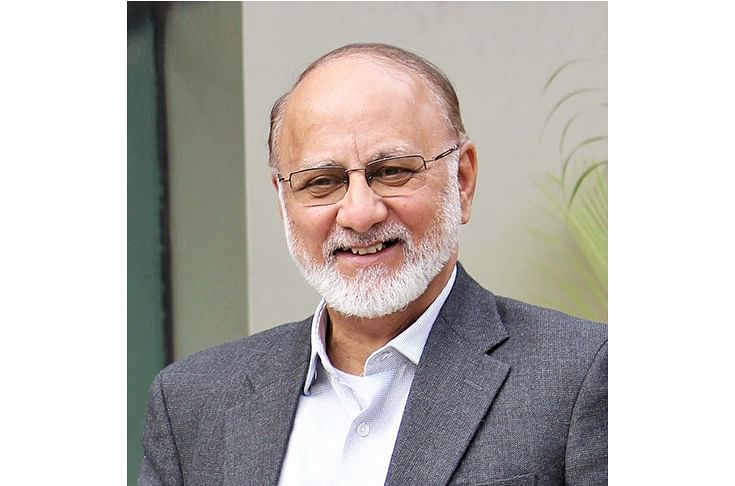
SMEV believes that the time is right for all stakeholders to come together to drive EV sales in India.
The Indian electric vehicle industry maybe one of the youngest globally in terms of volumes, but it certainly is one of the most exciting. Representing the EV manufacturers and probably one of the most prominent voices of the industry, Sohinder Gill, Director General, Society of Manufacturers of Electric Vehicles and CEO, Hero Electric started his session by describing that when it comes to environment each one has to think how they can make a difference at an individual level, national level, or global level to drive adoption of EVs.
He said, “The writing is there on the wall that ICE vehicles may not be there in the longer term. The equation is there for EVs that one day will come, no one knows if it will come in 15 days, months, or years, but the certainty is there. What we all are talking is to bring that day nearer to us, the horizon closer to actuality.”
Sharing his thoughts on how EV sales can be accelerated, Gill said that, “customers are very savvy when it comes to where they wants to put their money. They look for various options they have, and when it comes to purchase of a vehicle of a two-wheeler, there are many good products available in the market some for decades, “India has making good quality cars, three-wheelers and two-wheelers for many years. He is thinking (comparing EVs) if they are as good as their ICE-counterparts.”
Secondly, he elaborated that the customer has a concern on the build quality and after-sales assurance of the EV, third is of course the risk factor, “Am I one of the very few guys that is taking the risk of buying an EV when there are very few of them on the roads. Why should I be the first one? Let me wait for few more years for my next two- or four-wheeler to be an EV,” stated Gill on the customer’s perception. He said there were other factors too in the customers mind, like environment. He said that after interaction with around some of the 300,000 Hero Electric customers, around 30-40 percent of them said that they were happy to have contributed to a green environment, but only after purchasing and using an electric scooter.
Nishant Arya: “We are well poised as a sector to grow in this area.”
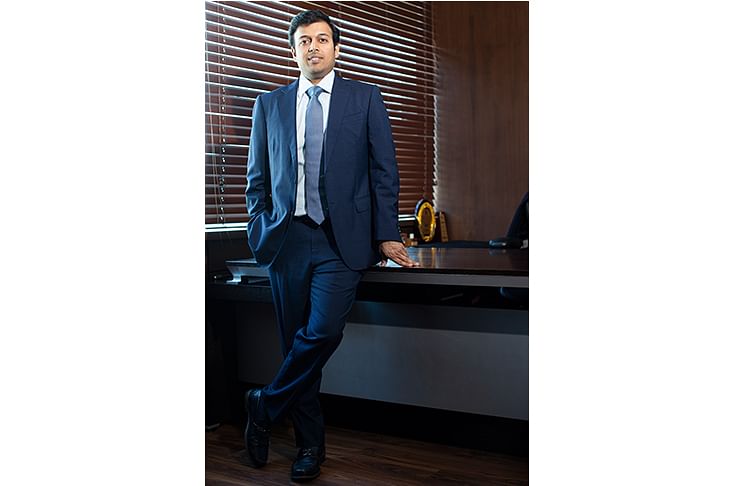
In the post-Covid world, the prospects of the public transport provider and its usage is a topic of considerable debate. It was therefore interesting and important to get their perspective. One of the panelist, Nishant Arya, ED, JBM Group elaborated on the adjustments in this space, especially as social distancing becomes the new normal, “On a temporary basis shared mobility may pose a challenge but if we are able to use AI and machine learning successfully, this is a segment full of potential. End to end solution from generation to consumption, the well to wheel approach showcases how we are generating and consuming - green that is a critical factor. Companies need to remain agile and frugal and need to make sure efficiency is not compromised anywhere.”
JBM which focusses on being a one-stop solution provider in the electric vehicles segment by providing a complete eco-system solution including battery technology, electric bus and charging infrastructure is looking at using AI and machine learning.
Arya elaborated that, “In terms of social distancing/a higher degree of sanitisation, we are using machine learning to monitor all the factors like how people are seated, sanitization solution etc. I think a larger number of buses are going to be required for people to use them. In the trend available over last ten days, people are choosing safe vehicles. Addressing the problem in the longer term is crucial.”
Though bus travel initially was not seeing high traction once lockdown was relaxed, he is hopeful that, “now there is multi-fold improvement. High level of safety and sanitisation a key trigger for this change noticed in last ten days or so.”
All in all the speakers emphasised on the industry stakeholders and government working in a collaborative manner for a faster EV adoption. The question is will EVs remain a pipedream for India, more so for mass transport? Watch the space.
RELATED ARTICLES
Cosmo First diversifies into paint protection film and ceramic coatings
The Aurangabad, Maharashtra-based packaging materials supplier is leveraging its competencies in plastic films and speci...
JSW MG Motor India confident of selling 1,000 M9 electric MPVs in first year
The 5.2-metre-long, seven-seater luxury electric MPV, which will be locally assembled at the Halol plant in Gujarat, wil...
Modern Automotives targets 25% CAGR in forged components by FY2031, diversifies into e-3Ws
The Tier-1 component supplier of forged components such as connecting rods, crankshafts, tie-rods, and fork bridges to l...






 By Autocar Professional Bureau
By Autocar Professional Bureau
 06 Jun 2020
06 Jun 2020
 15184 Views
15184 Views




